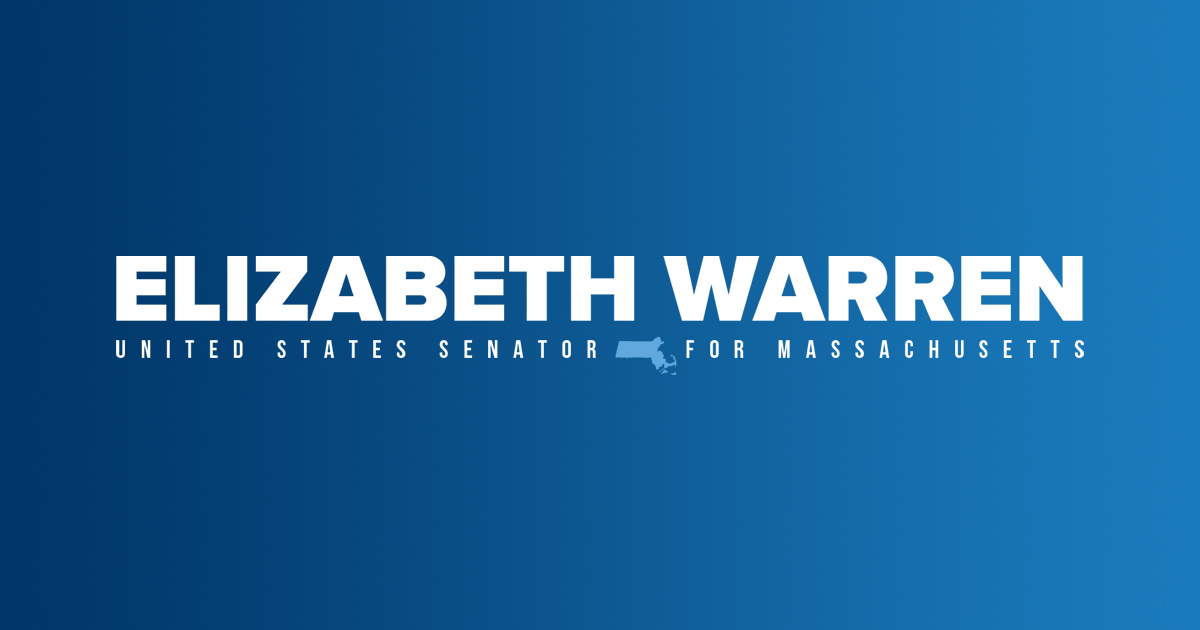Global Reactions as Fed Prepares for Key Interest Rate Decision
As the Federal Reserve's meeting approaches, economists and market strategists worldwide are debating the potential impact and extent of the anticipated rate cuts.
Published September 17, 2024 - 00:09am

Image recovered from warren.senate.gov
The Federal Reserve is set to make a crucial decision on interest rates during its upcoming Federal Open Market Committee (FOMC) meeting. Amid heightened speculation, various stakeholders—including U.S. Senators, global economic strategists, and market players—are voicing their expectations and concerns.
In the United States, Senators Elizabeth Warren (D-Mass.), John Hickenlooper (D-Colo.), and Sheldon Whitehouse (D-R.I.) have called on Fed Chair Jerome Powell to implement a 75 basis-point cut from the current two-decade high of 5.3 percent. They argue that immediate and significant cuts are necessary to avoid further cooling in labor market conditions, which have shown signs of slowing. Although inflation has dropped to 2.5 percent, the unemployment rate has climbed to 4.2 percent, suggesting the economy may be at risk.
Across the Atlantic, European markets are also closely monitoring the Fed's actions. The European Central Bank (ECB) recently reduced its key rates by 25 basis points, and attention is now focused on the Fed's next moves. Analysts from Goldman Sachs and J. Safra Sarasin suggest that while the Fed is likely to cut rates, the extent and depth may not align with market expectations. The CME FedWatch Tool has assigned a 41% probability to a 50 basis-point cut, reflecting increasing market speculation.
Adding to the global discourse, BlackRock Inc.'s chief investment strategist Wei Li has cautioned against overestimating the breadth of the Fed's upcoming rate cuts. Li argues that the market's bets on aggressive Fed policy adjustments are exaggerated. BlackRock has adjusted its exposure to short-term Treasury bonds from overweight to underweight, favoring intermediate-term bonds due to their relatively high yields.
In Italy, financial analysts are similarly divided. The anticipated 18 September meeting has left markets anxious, with debates centering on whether a 0.25% or a more substantial 0.5% rate cut would be more appropriate. Although U.S. GDP growth is tepid, other indicators, such as job creation, remain relatively strong. This complex economic landscape makes the Fed's decision even more critical.
Market sentiment in Japan and Gulf countries is equally invested in the outcome. Japan recently experienced turbulence following a 25 basis-point rate increase by the Bank of Japan. Economists like Kazuo Ueda, the Governor of the Bank of Japan, advise caution but are prepared for further increases if necessary. In Gulf economies, which usually follow the Federal rate closely, a cut could act as a stimulant, especially given the relatively high real estate debt.
Fed Chair Jerome Powell has carefully refrained from revealing his intentions, emphasizing that any decision would be data-driven and sensitive to evolving economic conditions. This caution underscores the Fed's commitment to a balanced approach, avoiding sudden moves that could be perceived as politically charged.
The next few days will be crucial as the global economy watches the Fed's decision, which is poised to influence financial markets and economic policies around the world significantly. While the extent of the rate cuts remains uncertain, what is clear is the profound impact these decisions will have on economic stability and growth prospects both in the U.S. and internationally.
With inflation still looming and employment figures fluctuating, many argue for immediate action to ensure economic resilience. However, this approach must be balanced against the risks of triggering market volatility and long-term economic misallocations. As Powell himself noted, the Fed's direction is clear, but the pace and timing of rate changes will remain meticulously measured.






